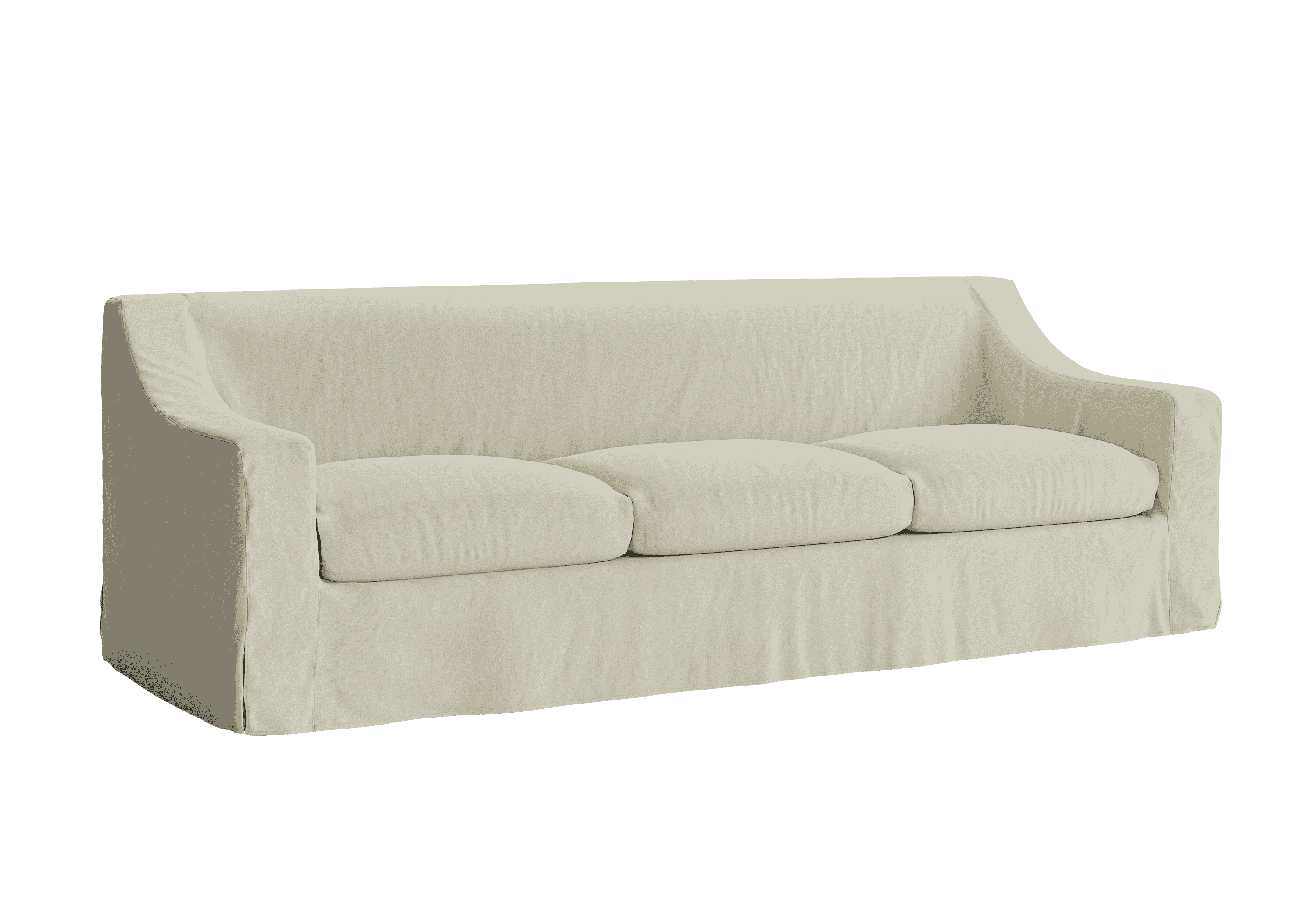When choosing furniture for your living space, the search for design and comfort can easily overshadow another critical aspect -- the materials used in the furniture's construction. Ever wondered what secret elements make up those plush cushions and silky smooth fabric? In this article, we will uncover three toxic materials that may be hiding in your furniture. After all, a beautiful home should provide us comfort and health.
1. Formaldehyde-Based Adhesives
Your sofas and tables are likely not held together by sheer force. Many times, cheaper furniture is constructed using adhesives that may contain formaldehyde. Formaldehyde is a colorless gas commonly used in the production of adhesives, which are used to bond various components of furniture, such as particleboard, plywood, and even fabrics. While these adhesives contribute to the affordability and stability of many furniture items, they can also release formaldehyde gas into the air over time. Prolonged exposure to formaldehyde has been linked to respiratory issues, eye irritation, and even certain types of cancer. In order to minimize your risk of exposure, look for furniture labeled as "low formaldehyde emission" or "CARB Phase 2 compliant," indicating that they adhere to stricter standards for formaldehyde content.
2. Exposure to VOCs
Volatile Organic Compounds, known as VOCs, are airborne chemicals that can emanate from many unassuming things in our living spaces. They are notorious for their potential to degrade indoor air quality, and one material they are found with is polyurethane foam. Polyurethane foam is commonly found in cushions, mattresses, and upholstered furniture due to its comfort and durability. However, it can release VOCs into the air. With prolonged exposure, VOCs have been linked to respiratory issues, skin irritation, and can exacerbate allergies. Choosing furniture made with eco-friendly, low-VOC foams or opting for natural fillings like cotton and wool can help mitigate these risks while still providing comfort.
3. Flame Retardants
Who would think that having flame retardant material might potentially be negative? These chemicals are often added to furniture upholstery and foam to meet fire safety regulations. While the intention behind these additives is to prevent fires from spreading, some flame retardants have been linked to a range of health issues. To avoid exposure to these harmful chemicals, seek out furniture that explicitly states it is free from flame retardants or uses safer alternatives. Look for certifications like CertiPUR-US for foam or OEKO-TEX Standard 100 for textiles, as these indicate a commitment to avoiding toxic substances.
Overall, when it comes to furniture, opting for pieces that are made with natural, non-toxic materials is a crucial step in creating a safe, comfortable, and healthier living space. You are already one step closing to doing so by educating yourself about the potential hazards associated with certain materials. The next step may be to assess your own furniture, and consider replacing potentially toxic pieces.
Browse through our sofa, table, and chair collections for a guarantee of no toxic off-gassing, SFI certified wood, and recycled fibers.






